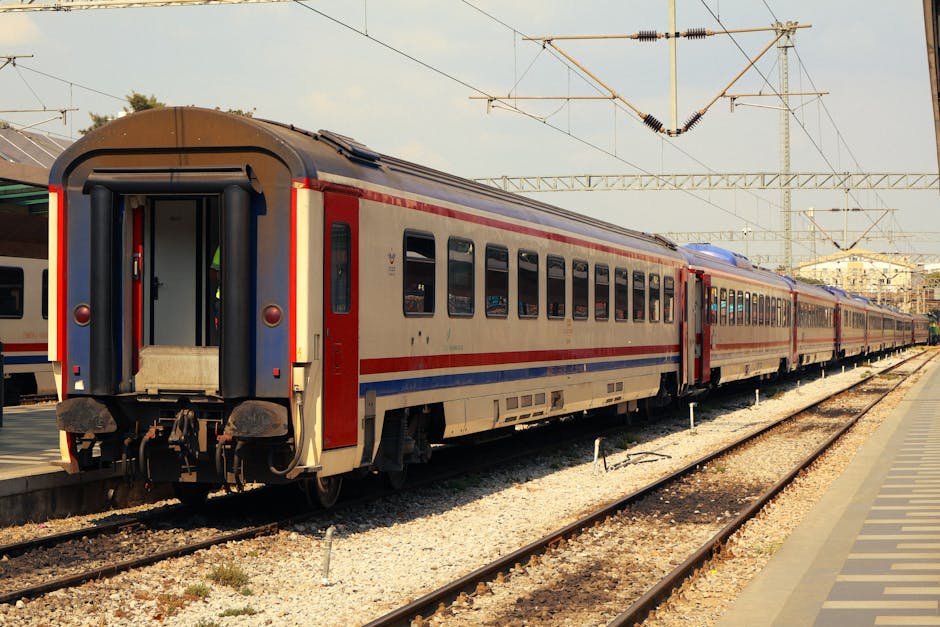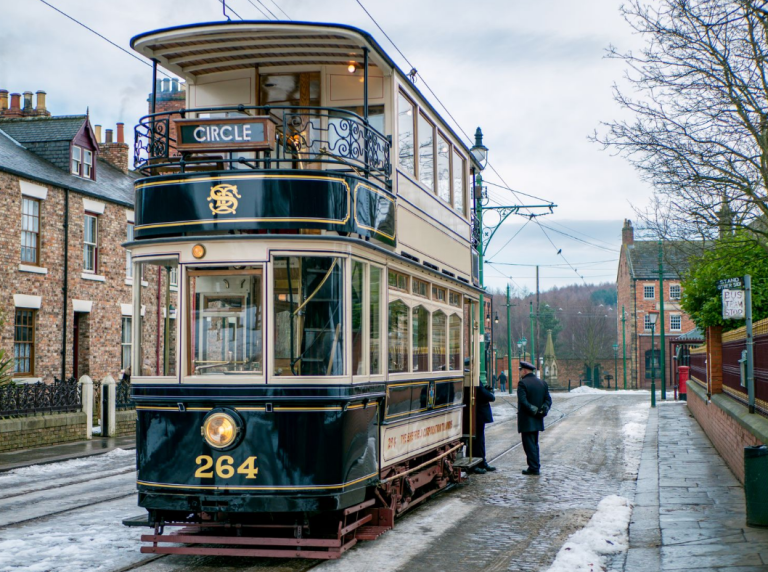The Evolution of the Manchester Tram System
The Manchester tram system, known as Metrolink, has undergone significant transformations since its inception. This blog post delves into the history, development, and future prospects of this essential public transportation network. We’ll explore how the system has evolved over the years, integrating modern technology and expanding to meet the growing demands of the city’s population. Whether you’re a local resident, a visitor, or a public transport enthusiast, this comprehensive guide will provide you with valuable insights into the Manchester tram system.
History of the Manchester Tram System
The roots of the Manchester tram system can be traced back to the 19th century. The first trams in Manchester were horse-drawn and began operating in the 1870s. These trams were initially managed by private companies and served as a crucial mode of transport for the city’s growing industrial workforce.
The Early Years: Horse-Drawn Trams
In 1877, the first horse-drawn tramway was introduced, running from Albert Square to Stretford. The system quickly expanded, with several routes crisscrossing the city. By 1901, there were over 100 miles of tram tracks in Manchester. The horse-drawn trams were soon replaced by electric trams, which were faster and more efficient.
The Advent of Electric Trams
In 1901, the Manchester Corporation Tramways began electrifying the tram network. This led to a more reliable and extensive service, with electric trams covering most of the city and surrounding areas. By the 1930s, Manchester had one of the most extensive tram networks in the UK, with over 160 miles of track.
The Decline and Rebirth of the Tram System
Despite its success, the tram system faced challenges in the mid-20th century. The rise of private car ownership and the expansion of bus services led to a decline in tram usage. By 1949, Manchester’s trams were gradually phased out, and the last tram ran in 1949.
The Metrolink Era: Reintroducing Trams
The idea of reintroducing trams in Manchester was revived in the 1980s, driven by the need to reduce traffic congestion and provide an efficient public transport alternative. In 1992, the Metrolink system was launched, starting with a line between Bury and Altrincham. This marked the beginning of a new era for trams in Manchester.
Expansion and Modernization
Since its launch, Metrolink has undergone several phases of expansion. New lines have been added, connecting various parts of Greater Manchester. As of 2023, Metrolink has over 60 miles of track and serves 99 stops. The introduction of modern, low-floor trams has improved accessibility and comfort for passengers.
Key Features and Benefits of the Metrolink System
The modern Metrolink system offers numerous benefits for commuters and the city as a whole. Let’s examine some of the key features that make Metrolink an essential part of Manchester’s public transport infrastructure.
Accessibility and Convenience
Metrolink trams are designed to be accessible to all passengers, including those with mobility issues. Low-floor trams allow for easy boarding, and many stops are equipped with ramps and elevators. Additionally, the network’s extensive coverage ensures that most areas of Greater Manchester are within easy reach.
Environmental Impact
Trams are an environmentally friendly mode of transport, producing lower emissions compared to cars and buses. By encouraging more people to use trams, Metrolink helps reduce traffic congestion and air pollution in the city. According to a 2020 report, Metrolink trams produce 76% less CO2 per passenger kilometer compared to cars.
Technological Advancements
Metrolink has embraced modern technology to enhance the passenger experience. Real-time information displays at stops provide up-to-date service information, while contactless payment options make it easier for passengers to pay for their journeys. The introduction of mobile apps has further streamlined the ticketing process and allowed passengers to plan their routes more efficiently.
Future Prospects and Developments
The future of the Manchester tram system looks promising, with several projects in the pipeline aimed at expanding and improving the network. Here are some of the key developments to watch out for:
New Lines and Extensions
Plans are underway to extend the Metrolink network to new areas, including the proposed Trafford Park Line extension and the introduction of a new line to Stockport. These expansions will provide better connectivity and cater to the growing demand for public transport in the region.
Integration with Other Modes of Transport
Efforts are being made to integrate Metrolink with other modes of transport, such as buses and trains. This will create a seamless and efficient transport network, allowing passengers to easily switch between different modes of transport. The introduction of integrated ticketing systems will further simplify the process for commuters.
Adoption of Sustainable Practices
As part of its commitment to sustainability, Metrolink is exploring the use of renewable energy sources to power its trams. Additionally, efforts are being made to reduce energy consumption and implement eco-friendly practices across the network. These initiatives will help further reduce the environmental impact of the tram system.
Conclusion
The evolution of the Manchester tram system is a testament to the city’s commitment to providing efficient and sustainable public transport options. From its humble beginnings as a horse-drawn tramway to the modern Metrolink network, the tram system has played a crucial role in shaping Manchester’s transport landscape. With ongoing expansions and technological advancements, Metrolink is set to continue serving the city’s residents and visitors for years to come. Whether you’re a daily commuter or a visitor exploring the city, the Manchester tram system offers a reliable and eco-friendly way to get around.






